State Bank of India (SBI), the largest lender in the country, has increased its benchmark prime lending rate (BPLR) by 70 basis points to 14.85 per cent and its base rate by 70 bps to 10.10 per cent, effective from 15 March, 2023. This quarterly cycle of rate changes has been updated on the bank’s website.
Highest BPLR Since 1996
The new BPLR, is the highest since September 6, 1996, when it reached 15.50 per cent, and the base rate was at 10.10 per cent. However, the marginal cost of funds-based lending rate (MCLR) remained unchanged across all tenures, after being raised by 10 basis points last month across tenures. Currently, the overnight MCLR is at 7.95 per cent, one year MCLR is at 8.50 per cent, and the three-year MCLR is at 8.70 per cent.
Borrowers Not Significantly Impacted
Borrowers may not be significantly affected by the BPLR hitting a record high since most borrowers have their loans already linked to the external benchmark linked rate (EBLR) or MCLR. According to SBI Chairman Dinesh Khara, in November 2022, 74 per cent of the bank’s total home loans are linked to MCLR and EBLR, 21 per cent of loans are fixed-rate, and the remaining four per cent of loans are linked to BPLR. SBI’s gross advances rose 17.6 per cent on year to Rs 31.33 lakh crore as of December end.
Weighted Average Lending Rate on the Rise
According to the latest RBI data, the weighted average lending rate (WALR) on banks’ fresh rupee loans rose 12 bps month-on-month to nine per cent in January. The WALR on outstanding rupee loans also increased by six bps month on month to 9.58 per cent. Meanwhile, the one-year median MCLR of banks increased from 8.35 per cent in January to 8.45 per cent in February.
Understanding BPLR, Base Rate, and MCLR
BPLR is an internal benchmark rate used to set the interest rate for home loans. It is calculated based on the average cost of funds. However, as lenders could lend below it to some privileged customers. In 2010, the Reserve Bank of India introduced the Base Rate system, which replaced the BPLR system.
The base rate is the minimum interest rate at which Indian banks could lend, and they were not permitted to resort to any lending below this rate. It is determined significantly based on the average cost of funds. In April 2016, RBI introduced the Marginal Cost Lending Rate (MCLR) in place of the base rate. The MCLR is the lowest interest rate at which banks cannot lend and is a floating loan internal rate set by individual banks. It is more sensitive to changes in policy rates.
SBI’s latest increase in BPLR and base rates has led to concern among borrowers, but the majority of loans are already linked to EBLR or MCLR, indicating that the impact may not be significant. While the WALR has increased, the one-year median MCLR of banks has also gone up in February. Understanding the differences between BPLR, base rate, and MCLR can provide insights into how the lending rates work in India’s banking system.








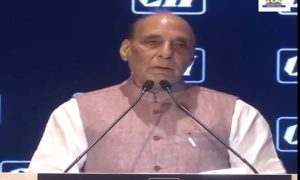





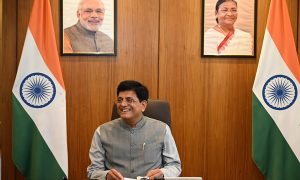



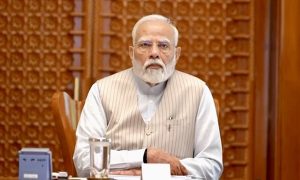





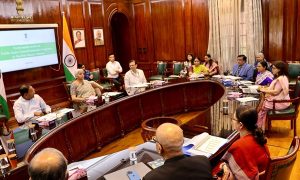

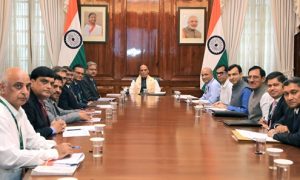

 WhatsApp us
WhatsApp us